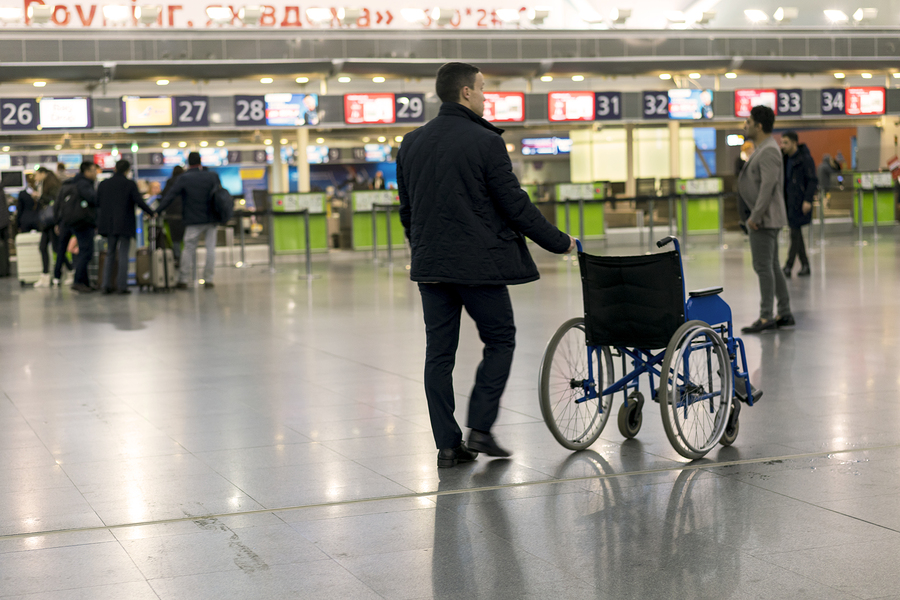In recent years, various players in the aerospace sector have been in the lead with initiatives to help people with a disability maximize their potential and skills with aerospace manufacturers and builders.
Portrait of the disabled employee
In recent decades, the concept of disability has evolved somewhat. The medical model – which took into account sensory and physical deficiencies – has given way to a social model, which also incorporates cognitive and mental deficiencies and attempts to remove environmental barriers so that everyone can flourish in society. Since 1983, Statistics Canada, in collaboration with Employment and Social Development Canada, has conducted seven surveys to identify, as far as possible, the population with disabilities. The latest one, conducted by the Canadian Disability Survey from 2012 to 2017, revealed an increase in the population with disabilities among those over 15 years of age: 22.3% in 2017 compared to 13.7% in 2012. A study carried out in the province of Quebec in 2011 specifies the characteristics of this population: lower employment rate (39% have work compared to 72% of able-bodied people), low activity among non-graduates (only 21% work compared to 50% of the able-bodied); higher employment rate with lower severity (63% of people with a mild disability work, compared to 18% with a severe disability); tendency to work in small organizations (30% in businesses with 20 employees and less, 32% from 20 to 99 employees and only 16% over 500 employees); need to obtain workstation arrangements or flexible schedules for 50% and 30% of them respectively.
Successful initiatives
In the aerospace field, people with a disability can hold a variety of positions, such as a numerical control machine operator, an electronics technician, wireman, draftsman-designer, methods technician, logistician, engineer… Some builders and manufacturers have decided to group together to offer people with a disability an opportunity to be able to use their skills and potential to serve an industry that is seeking people with sharp profiles. This is what emerged in 2010 Hanvol – including Safran, Thales, Dassault Aviation, UTC Aerospace Systems – which promotes the insertion and integration of people with a disability by helping them build a professional project through guidance counselling, training or visits to businesses. The experiment seems conclusive: 8 contracts were signed in 2010, then 56 in 2011-2013 and finally 73 in the 2014-2016 period. We also find some of these employers at the head of the Employment Forum, the Haéro Meetings, whose recruitment method is somewhat different, not building on diplomas or professional experience, but more on the candidate’s potential and aptitudes. From a library of some thirty skills and aptitudes transferable to the aerospace sector and incorporating the specific conditions of practice, candidates are made offers, hitherto unlikely for them. So it is not surprising to learn that a blind person manages computer non-conformities on the A380 assembly line at Toulouse.
Successful integration requires a high investment by the company, starting with seeking the support of all employees and training of managers, so that the employee with a disability is recognized for his know-how and not for his handicap.
